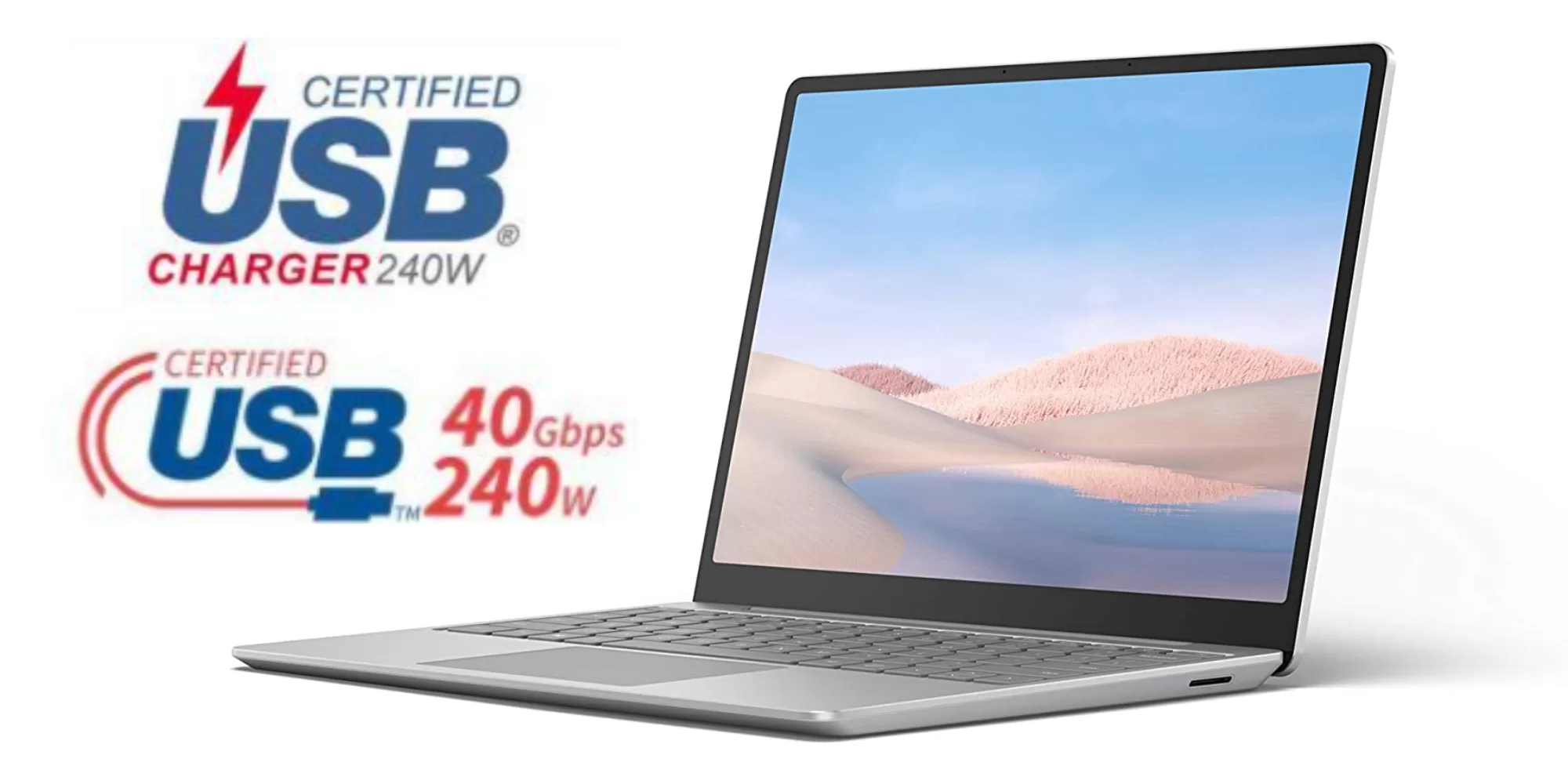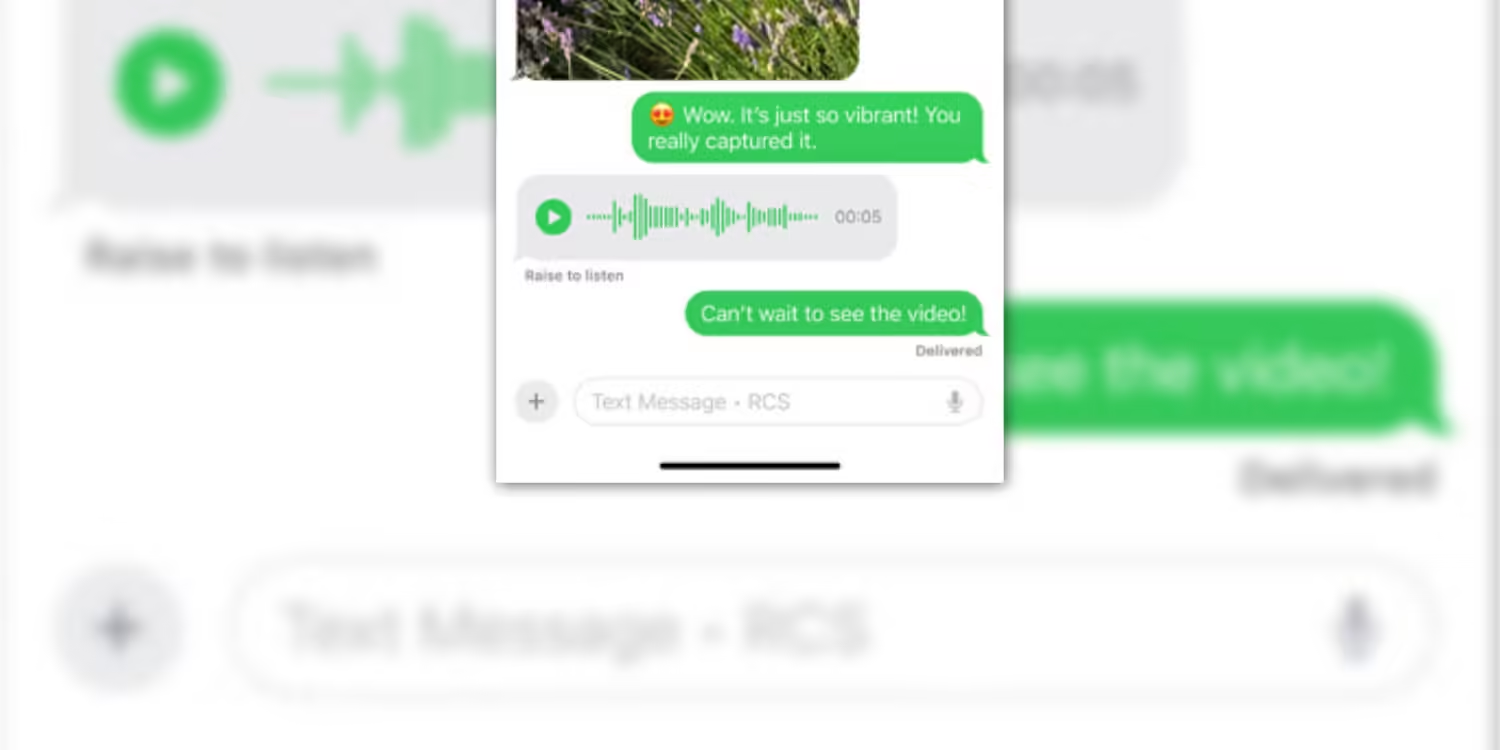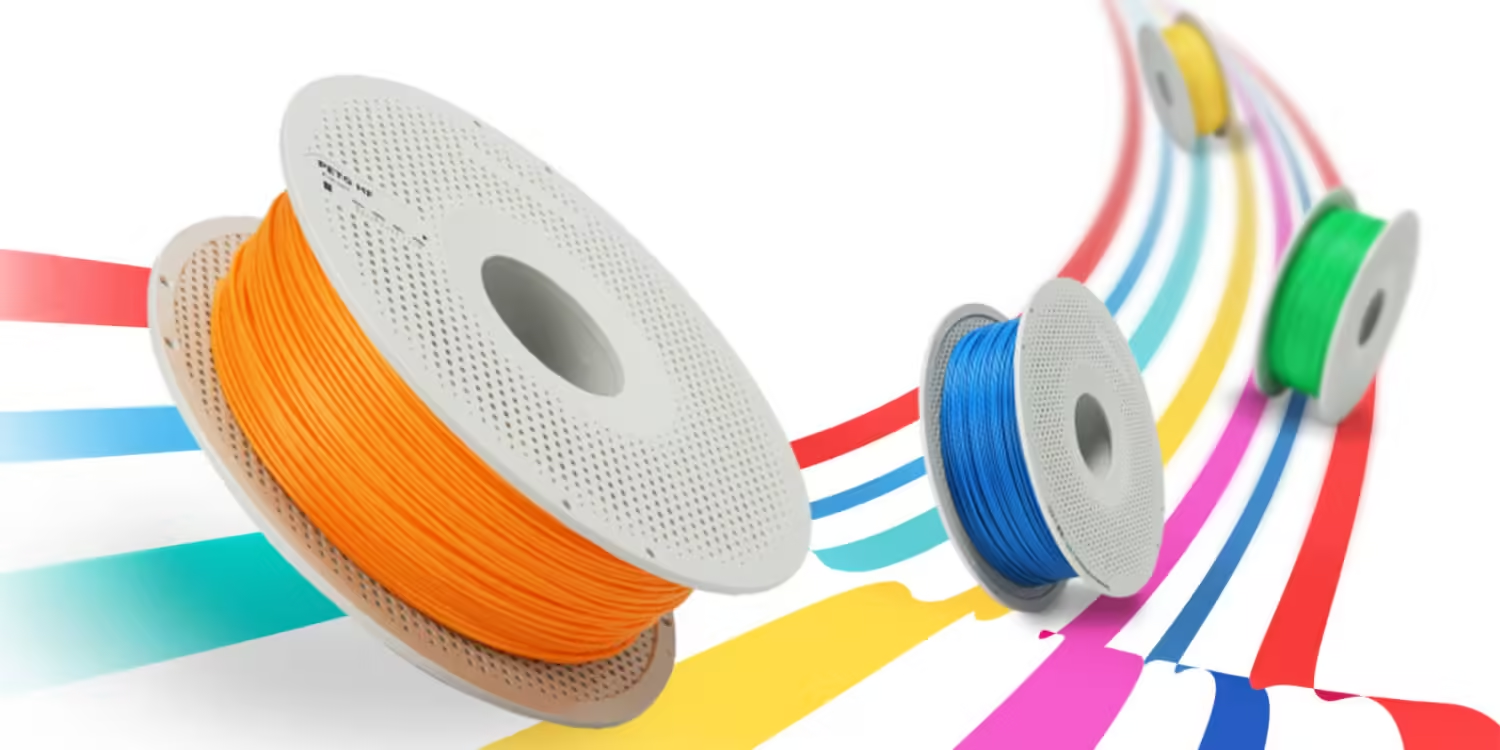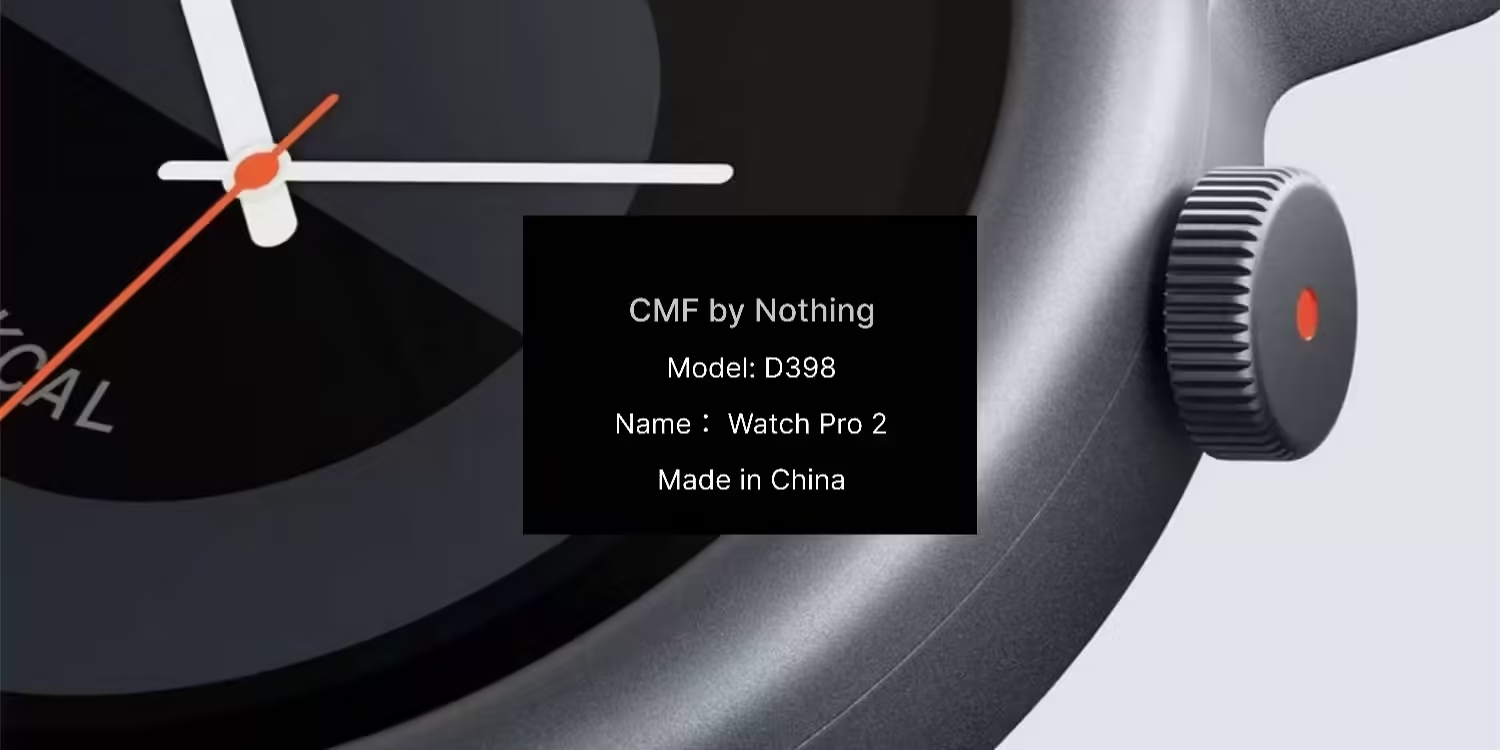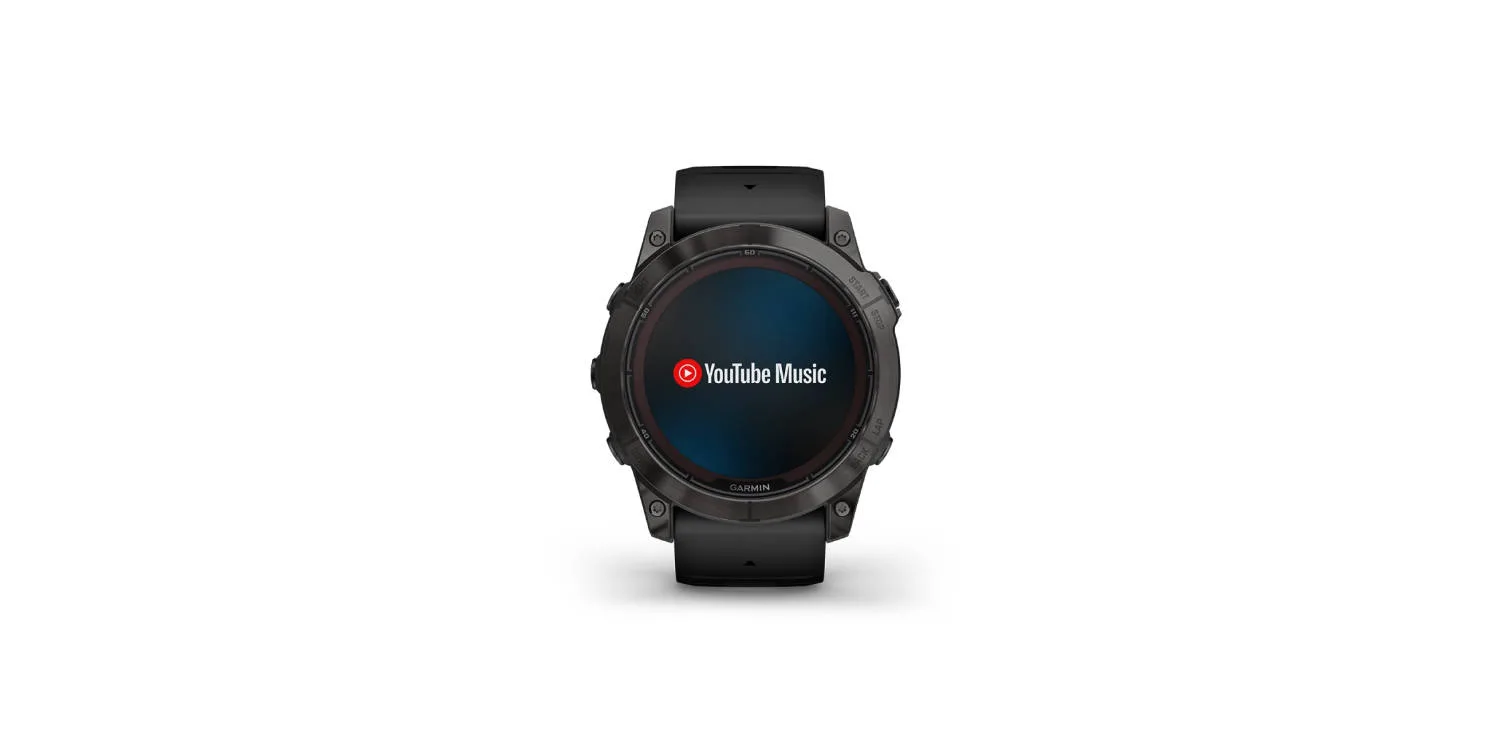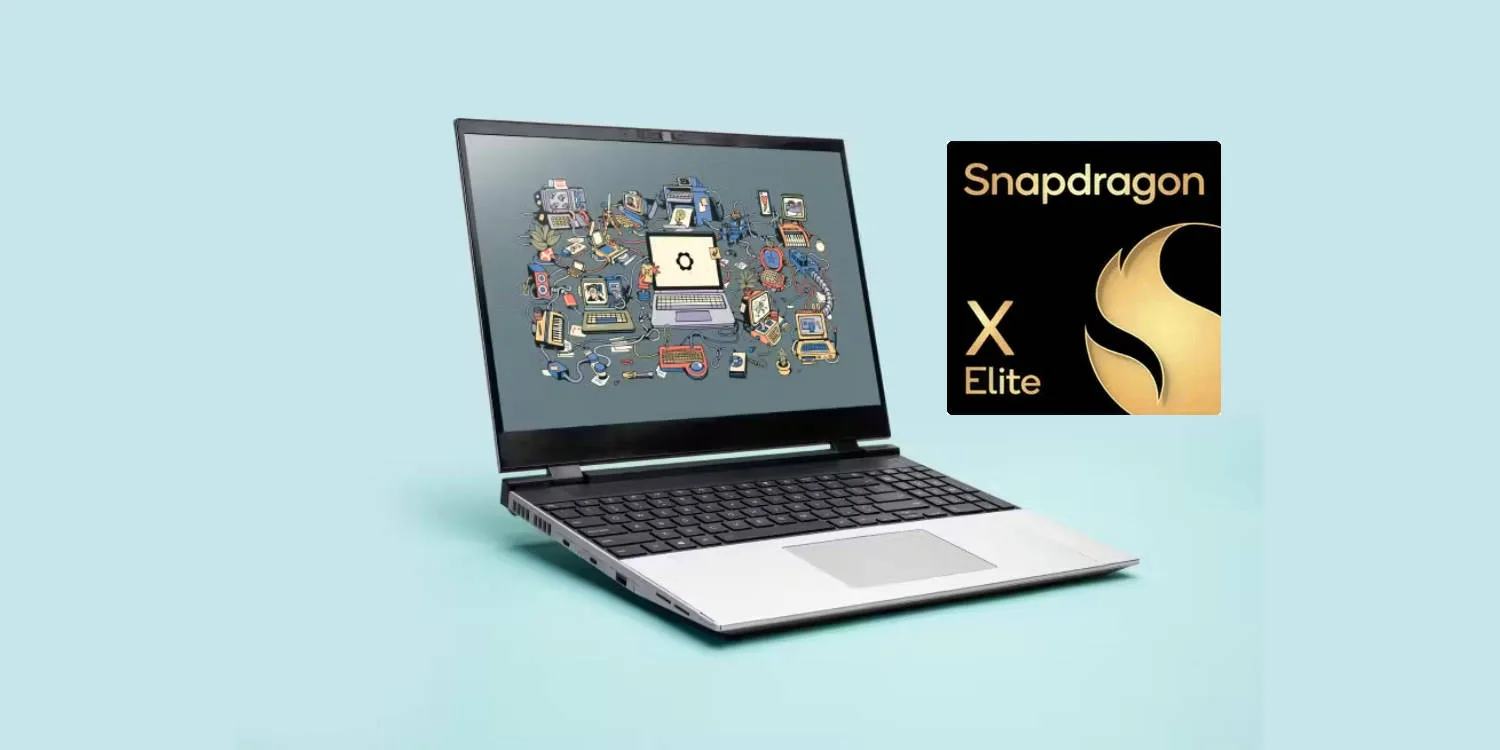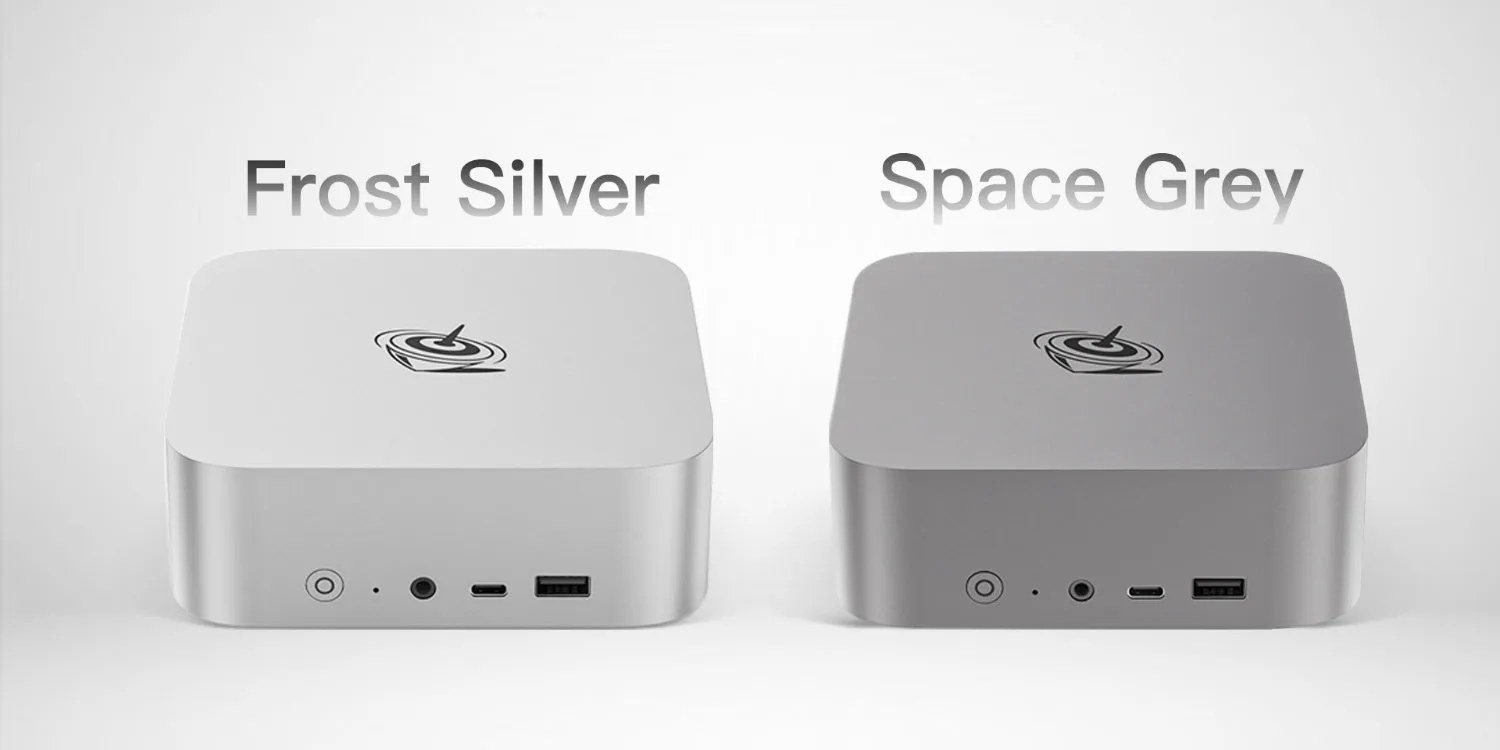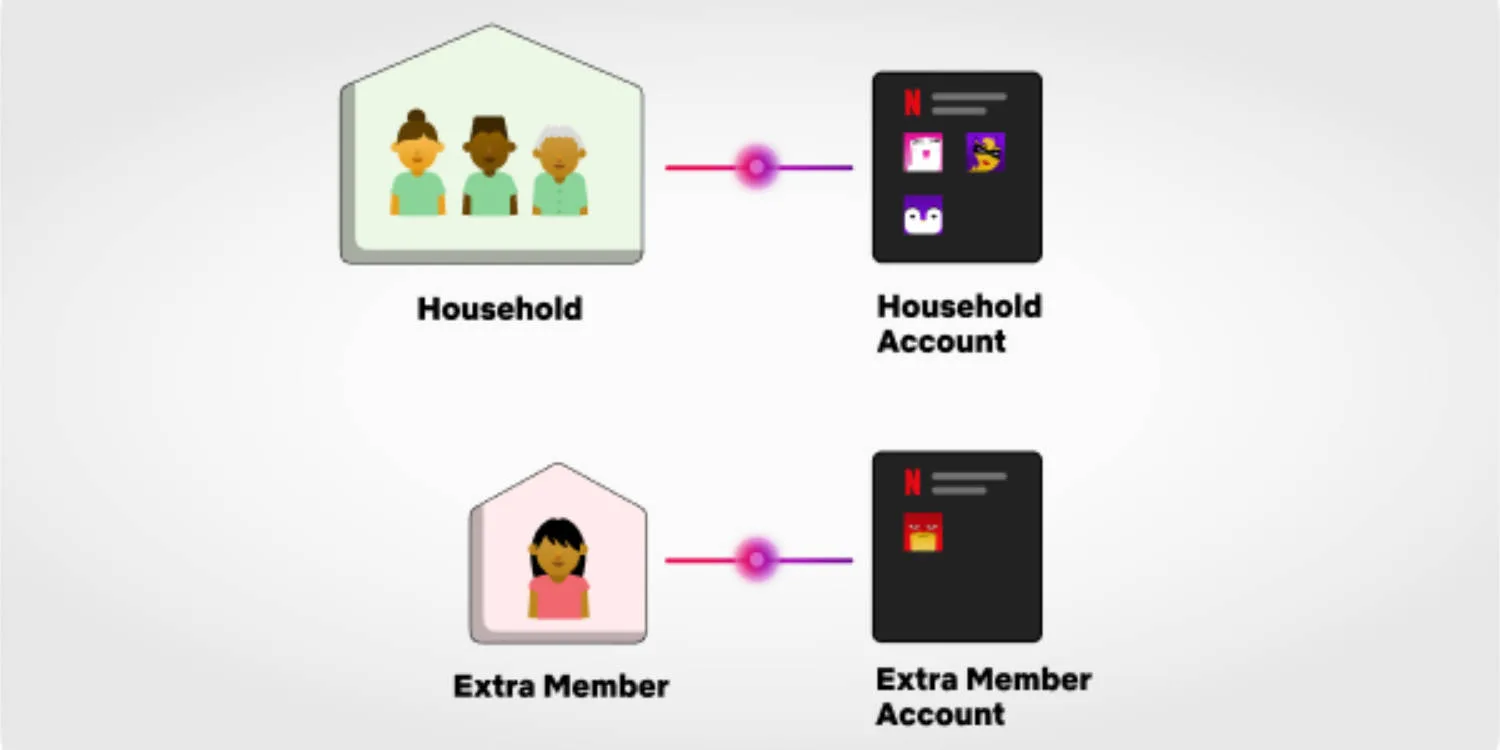Estimated reading time: 2 minutes
The USB Corporation recently announced new labelling for the USB4 40Gbps standard along with labelling for a new 240W charging standard for cables and chargers. This announcement should prompt all laptop and related device manufacturers to make the move to introduce USB-C charging into its laptops, rather than the old-fashioned barrel connector.
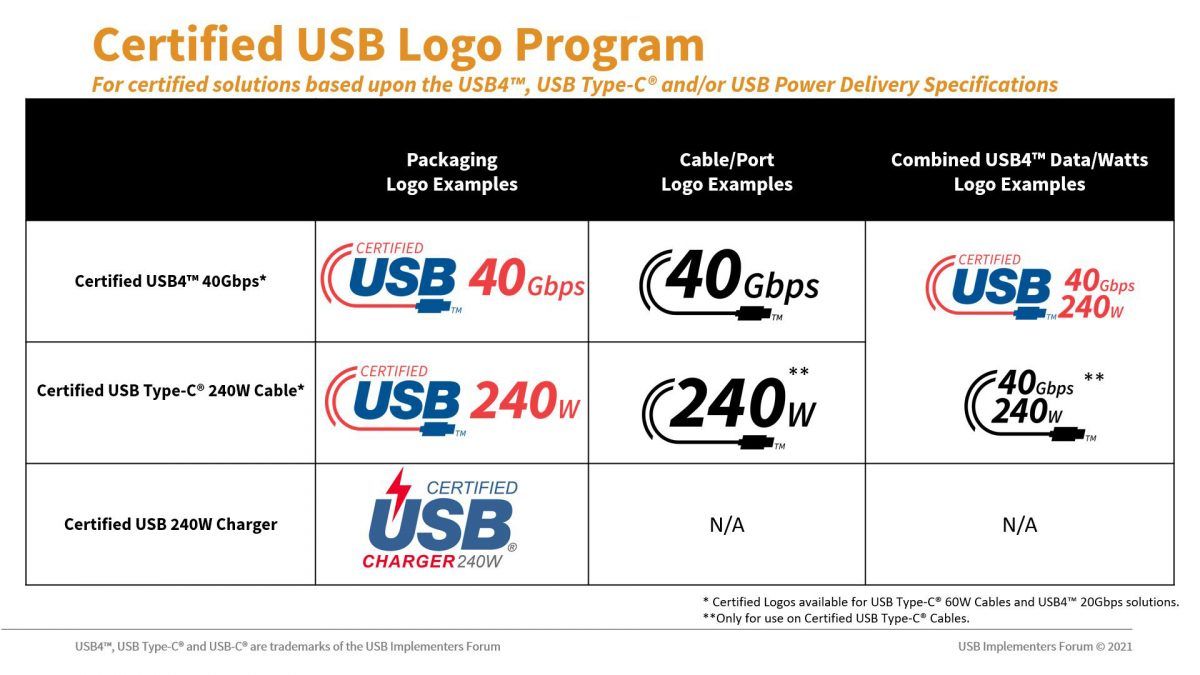
Why’s it taken so long?
Before the latest revision of the USB Power Delivery standard was introduced USB-C charging was capped at a maximum of 100W, making it perfect for low power laptops but not more powerful productivity and gaming laptops to take advantage of it. This has resulted in many manufacturers to scrap USB-C power delivery from all laptops.
Another setback for the standardisation of USB-C charging on laptops is the slow uptake of usage from consumers and companies alike. Many users are still using devices with USB-A connectors while many companies are still producing products with USB-A connectors. These combined mean customers just don’t have the need for USB-C yet and results in laptop manufacturers ignoring the implementation all together.
The future of charging is here
Now that there is a standard for USB-C cables and chargers we will see a lot more laptops from the major manufacturers making the switch to USB-C Power Delivery. This is a major step forward for the industry and will for sure introduce new consumers to USB-C and familiarise them with the benefits of it. From the latest gaming laptops to the low-powered ARM laptop USB-C charging is here to stay!
USB-C beyond laptops and phones
Going on from laptops it looks like USB-C Power Delivery is here to stay thanks to this new Rev. 3.1 240W standard. While power outlets will likely never be switched to USB-C connectors many devices, like TVs and smart displays and speaker could gain a USB-C power connector, allowing consumers to use any USB-C 240W cable to be used with devices.
